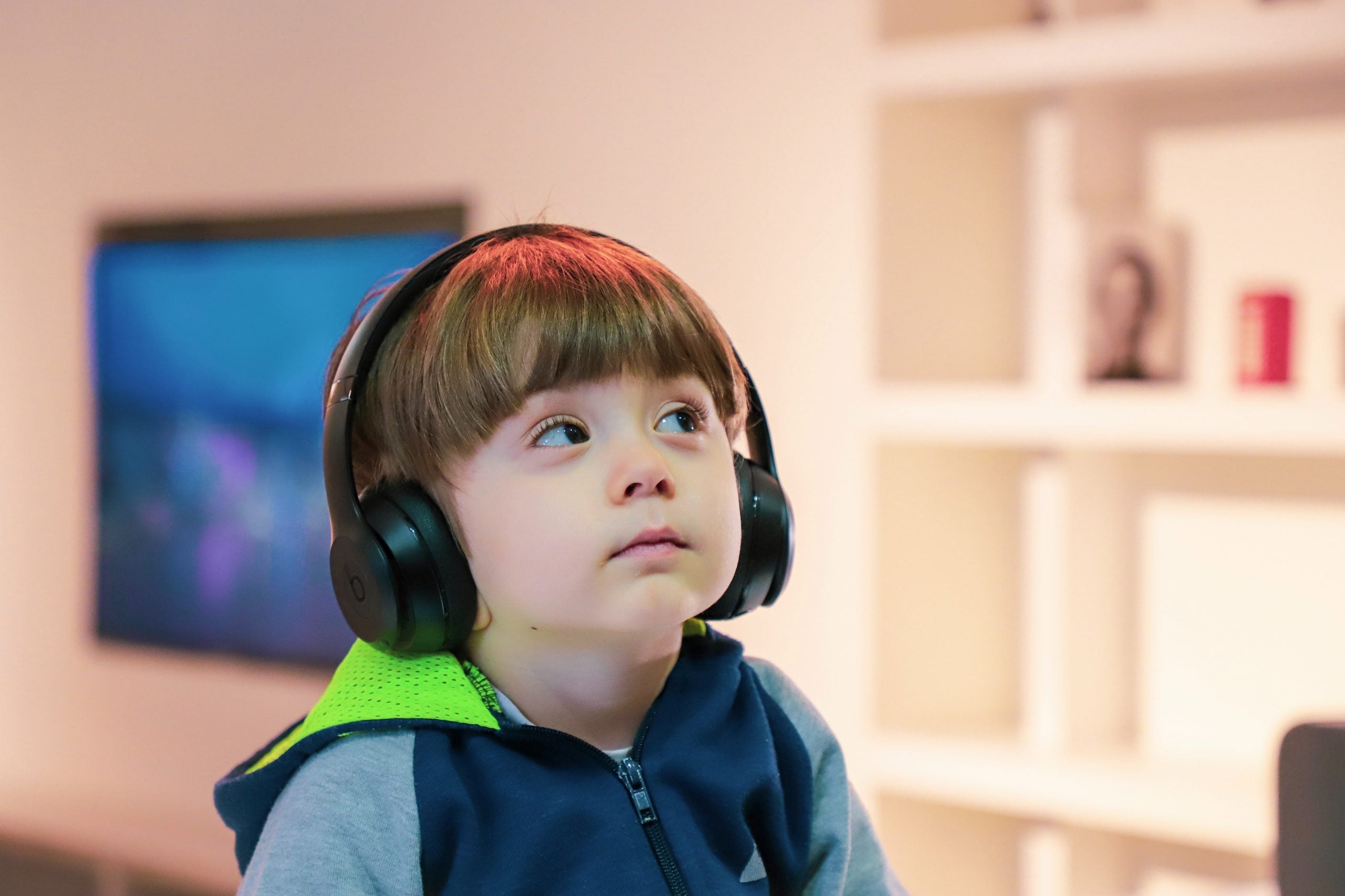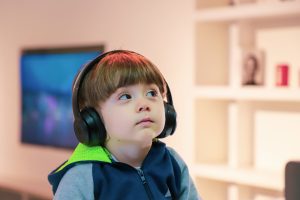Parents of children with combined vision and hearing loss have to spend a lot of time explaining their children to new caregivers and teachers as well as to those in the medical field. They have to explain what their child’s likes and dislikes are, what they can eat and how they communicate etc. over and over again. Then after parents have explained all this in a crowded classroom or in a meeting, they often wonder if anyone is going to remember what they have said.
The Personal Passport is a summary of important information about a child put together in a fun, interesting way full of pictures and helpful information about the child and put into a booklet that can be shared with the people in the child‘s life. Anyone in your child’s life can benefit from a personal passport. Teachers and school personnel can benefit especially at times when your child is transitioning from one classroom to another. The medical community can benefit. Information in the passport can help medical professionals better understand your child’s abilities. This could improve their interactions with your child and make medical appointments go more smoothly. The passport can help people in your community understand your child better and they may begin to build a more meaningful relationship with your child.
David Brown, an expert in Deaf-Blind Education, explains the important role personal passports can play. “It’s helping a family realize and recognize and actually verbalize their understanding of the child. Helping them answer questions like,
- What does this child like?
- How do you know they like it?
- What does this child want?
- How do you know they want it?
- What do they not want?
- How do you know they don’t want it?
And then you actually write down what the child likes, how you can tell, what they dislike, how you can tell, and you start that process so that in theory, any stranger who comes into the child’s life who has access to the personal passport can start off on the right foot. Also, it helps those new people think this is a child who is a human being with likes and dislikes and memory and history of expressing themselves in ways that can be understood by the people around them.”
Templates are available online to help you create a personal passport. Here are some sources of personal passport ideas and templates:
- Passports for School and Community https://www.communicationpassports.org.uk/creating-passports/
- Passport for Child going to the hospital https://www.togetherforshortlives.org.uk/resource/editable-hospital-passport-template/-
- Passports for a new school or transition https://www.twinkl.com/resource/po-t-e-311-passport-to-a-new-school-polish-translation
- Ideas for Creating Many Different types of Passports https://www.callscotland.org.uk/blog/personal-communication-passports/
Here are some things you may want to include in your passport:
- All About Me! What are the main things you want teachers and caregivers to know about your child or student?
- Things You Need to Know. What would caregivers or teachers need to know to help them interact with and care for your child?
- People in the Child’s Life. Who is in her family, and who does she interact with throughout her day?
- Communication. How does your child communicate, and what does she likes to communicate about?
- Technology. What technology does she use, and how should it be cared for?
- Likes and Dislikes, what she finds challenging, and what can help her have a positive experience
- What are some of the goals your child is currently working on?
- What is the child’s vision like, such as where can she see best, what size objects can she see at what distance, etc.?
- What is the child’s hearing like, mild, moderate, severe, bilateral or unilateral, which ear has the best hearing, how large is her speech bubble, what sounds does she enjoy hearing, etc.?
The National Deaf Children’s Society gives the following tips on things to consider when you are writing a passport.
- Be as specific and detailed as possible. For example, don’t say ‘Needs hearing aids checked regularly’, instead say, ‘Needs hearing aids checked three times a day’.
- Don’t say more than you need to – important information might get missed if you write too much.
- Update regularly, preferably at the start of each new school year as changing schools/teachers can be a particularly challenging time for your child.
- Don’t include confidential information that will limit who you want to share the passport with.
- Decide whether to write in your voice (My child is deaf) or your child’s voice (I am deaf).
- Create different passports for different situations if necessary. What you tell your child’s teacher may be very different from what a caregiver or a doctor needs to know.
https://www.ndcs.org.uk/documents-and-resources/personal-passport-early-years/
Personal Passports are best when made as a team effort. Professionals working with a child who want to make a passport should always include the child’s family as they know their child best. Vision and hearing professionals can provide insight into what your child can see and hear. Physical therapists, occupational therapists, and orientation and mobility specialists can provide valuable information about positioning and how your child moves and travels in the environment.
A personal passport is a wonderful way to introduce your child to new people in her life and to give the people already in her life new insight into who she is. Personal passports can help everyone in your child’s life build meaningful positive relationships with your child through better understanding.
Patty Dischinger, M.Ed., East Carolina University DeafBlind Project Teacher Support Program, Technical Assistance Consultant
Photo by Alireza Attari on Unsplash


